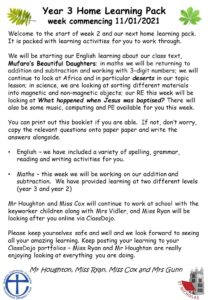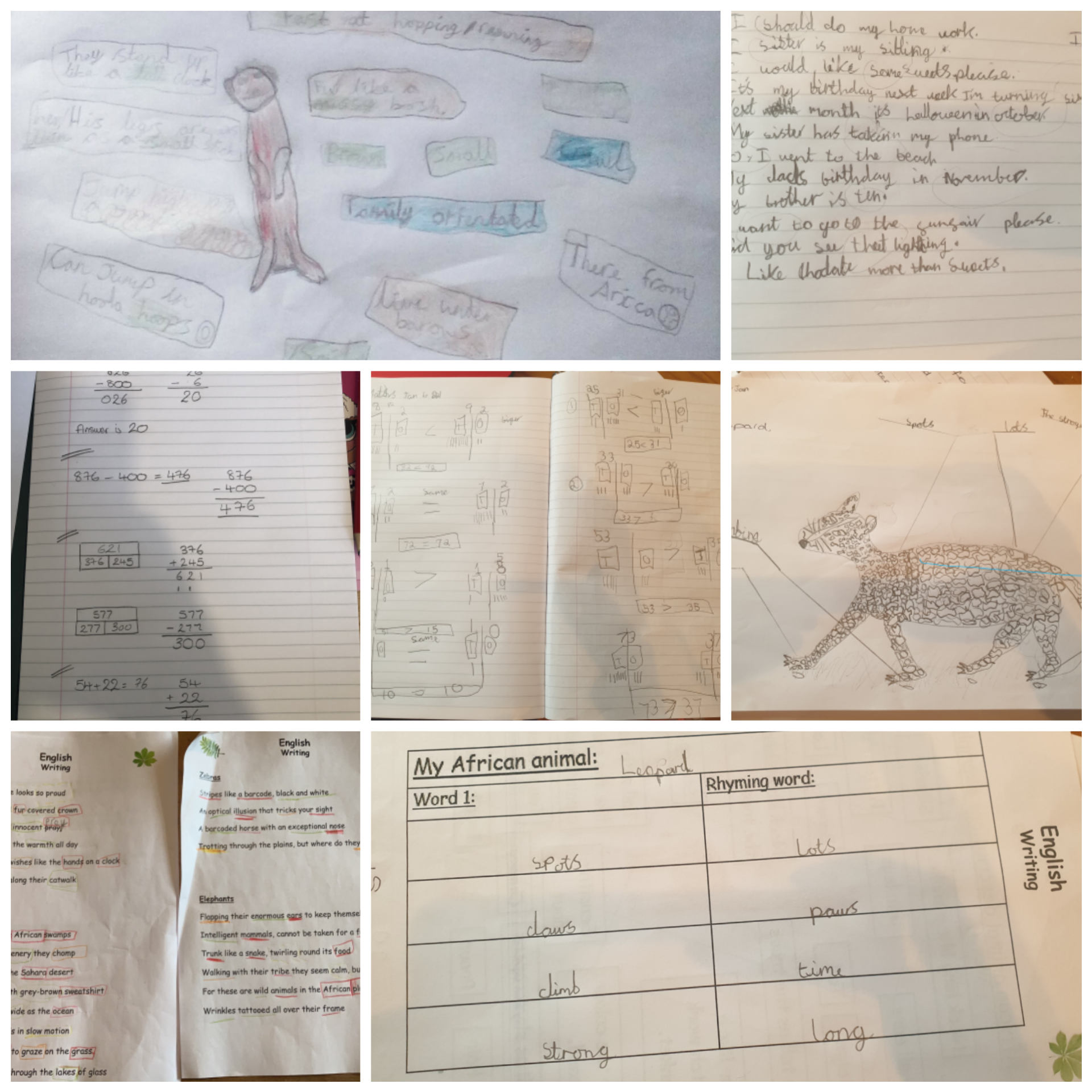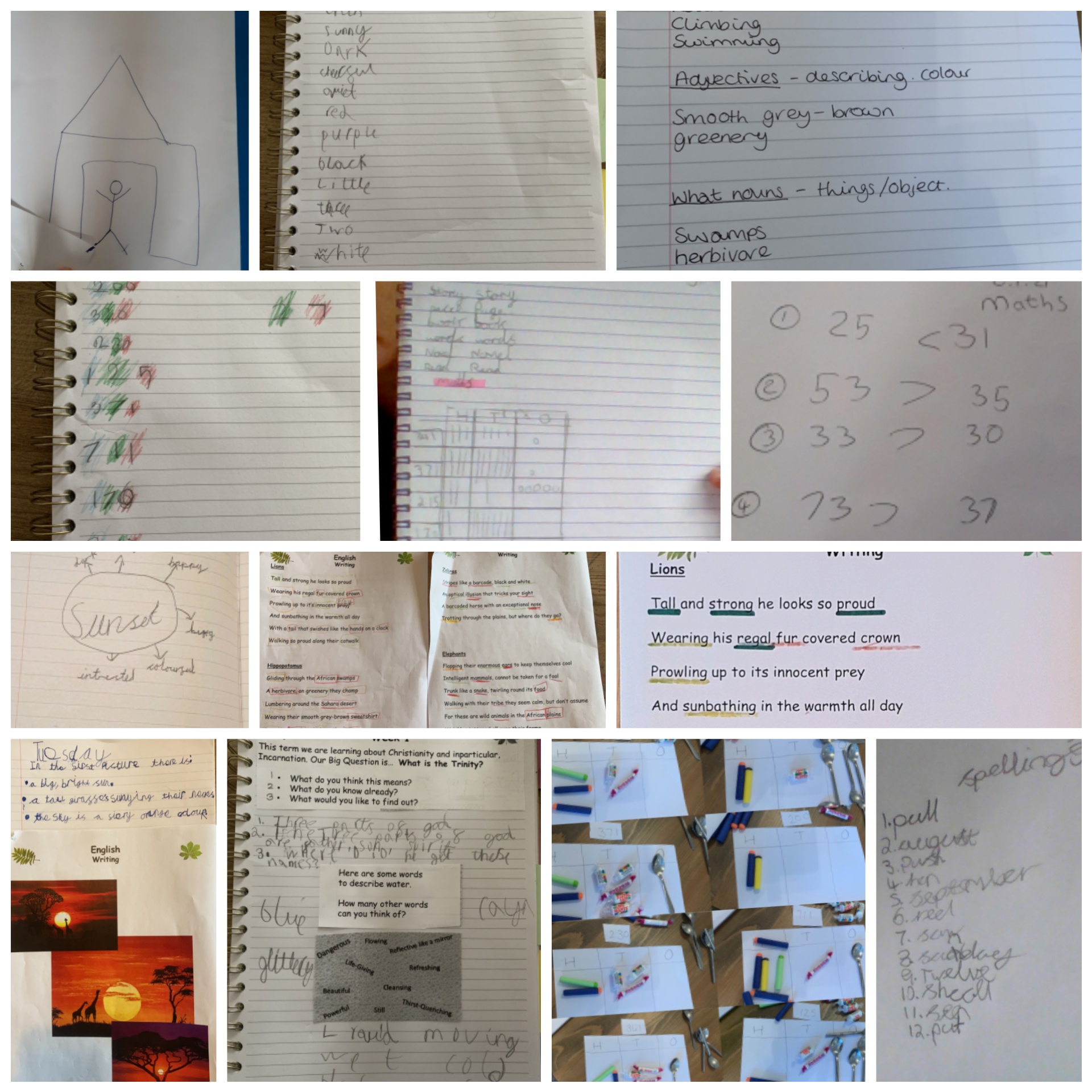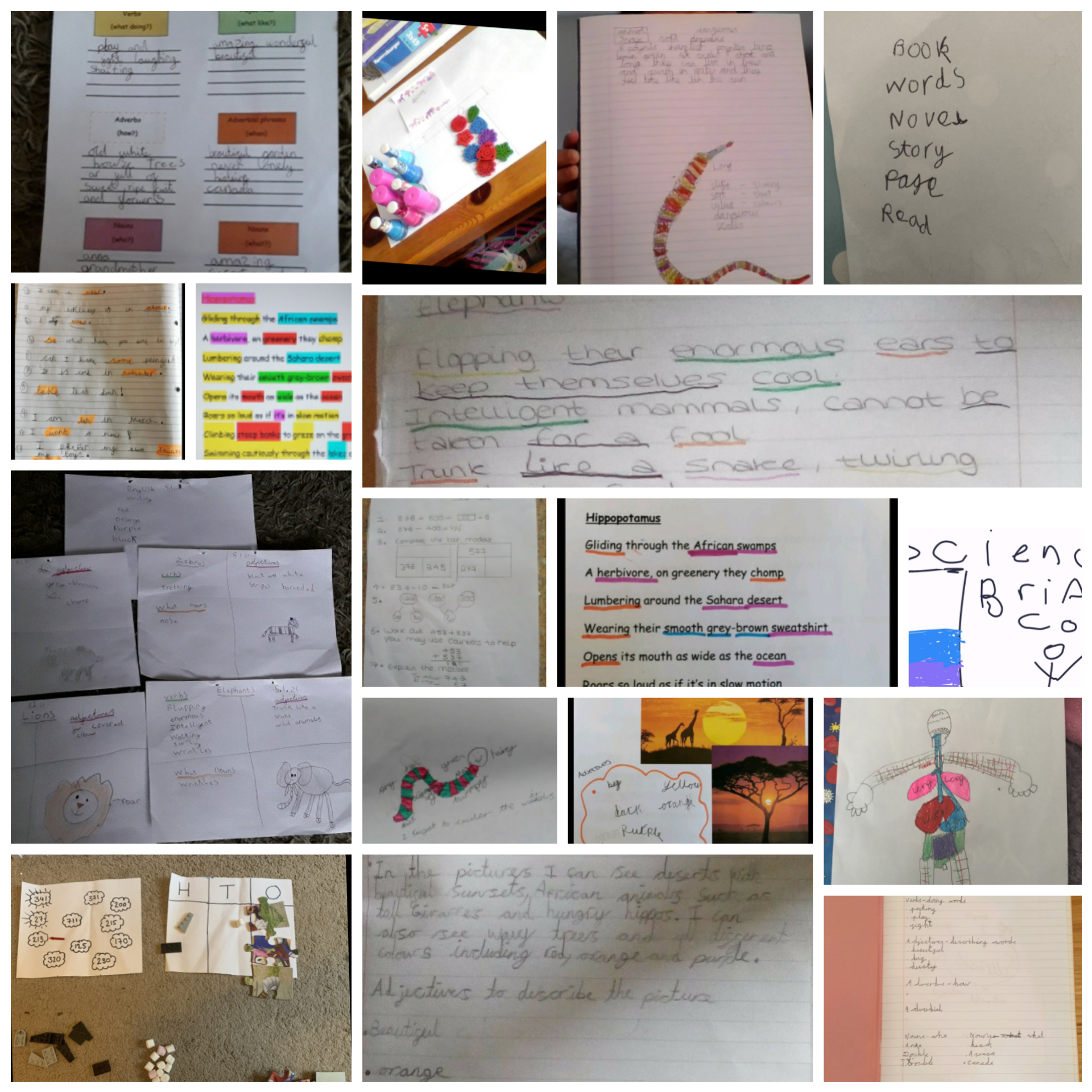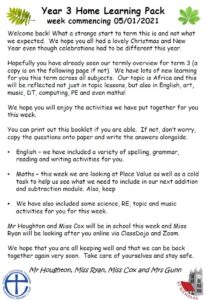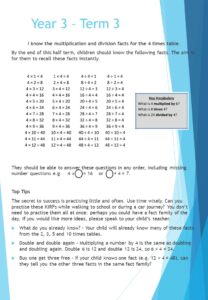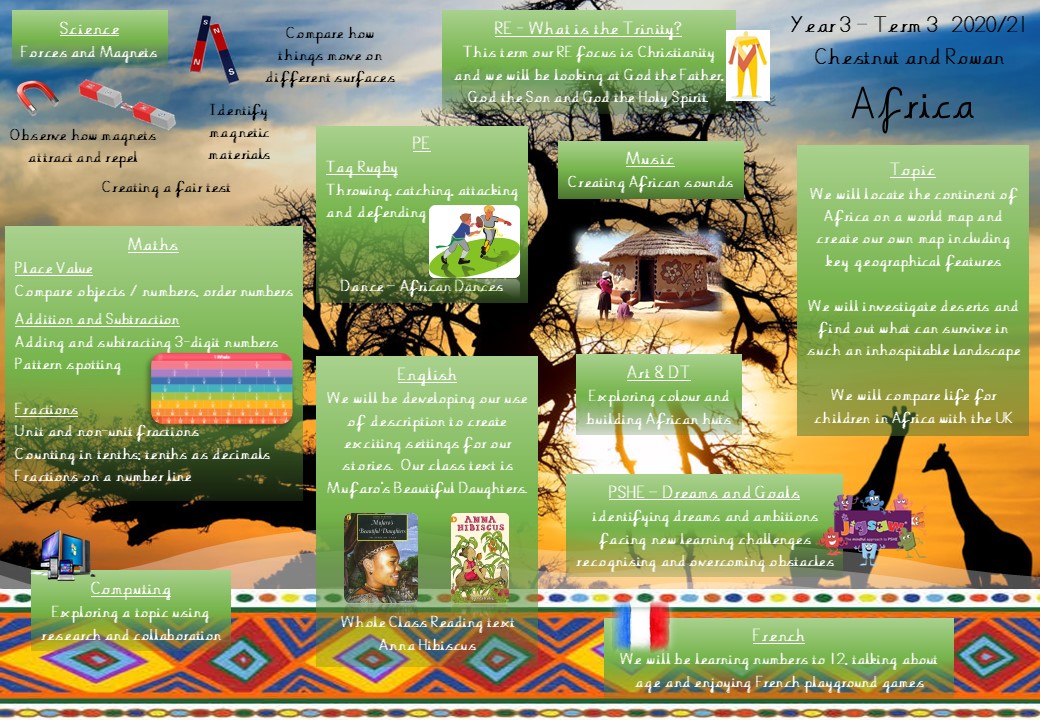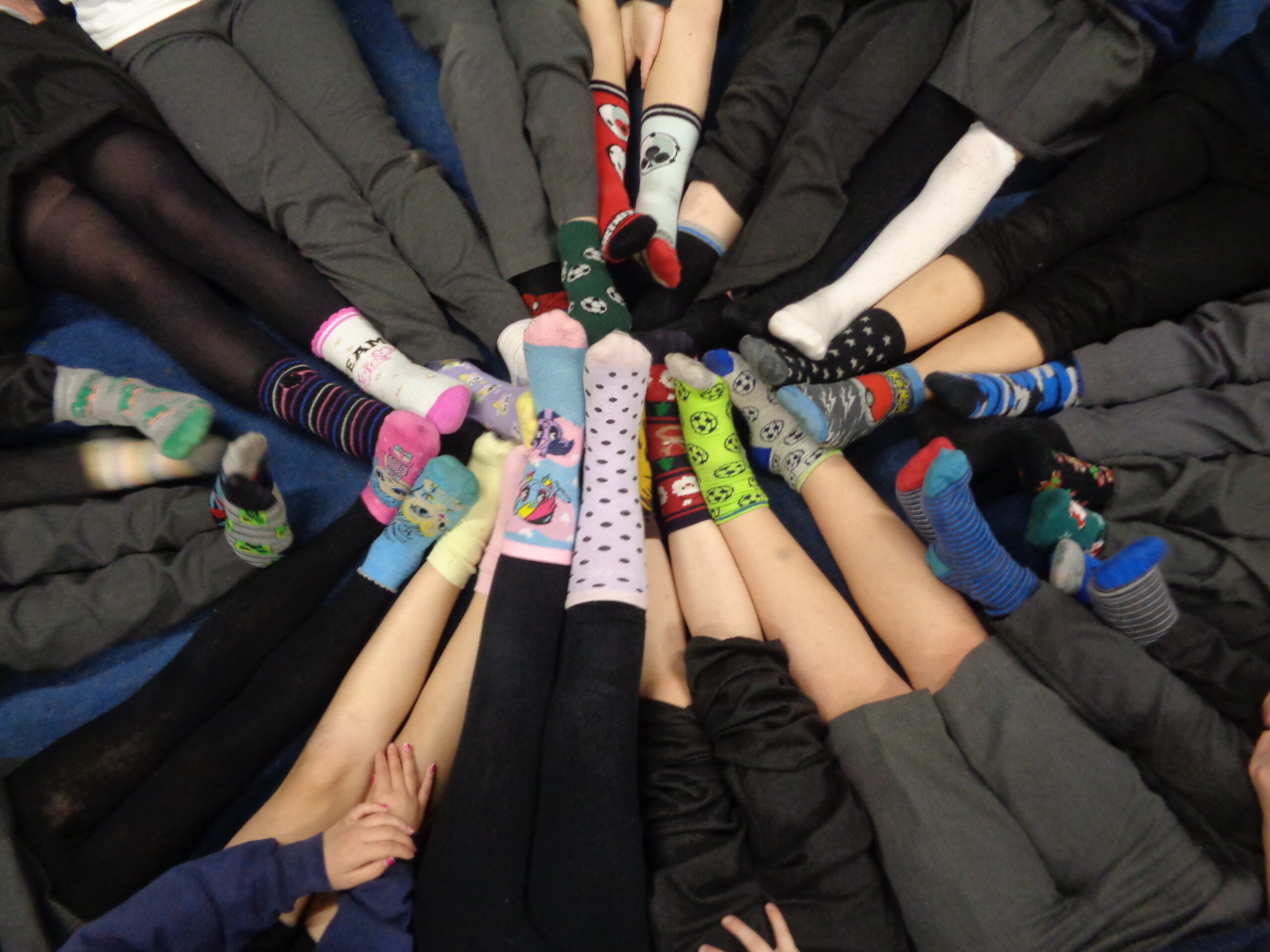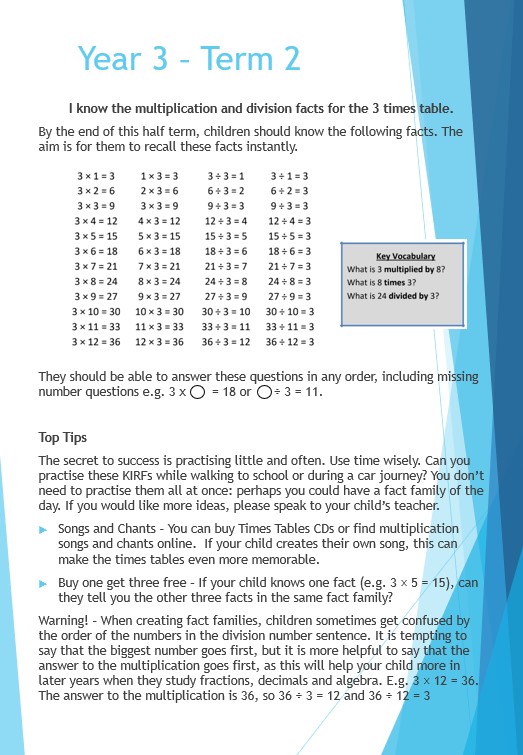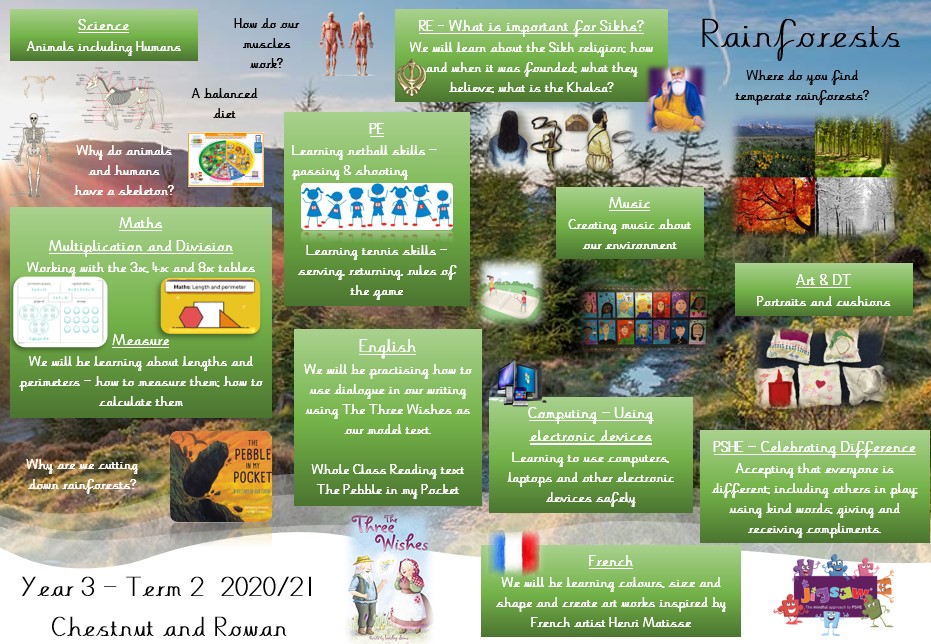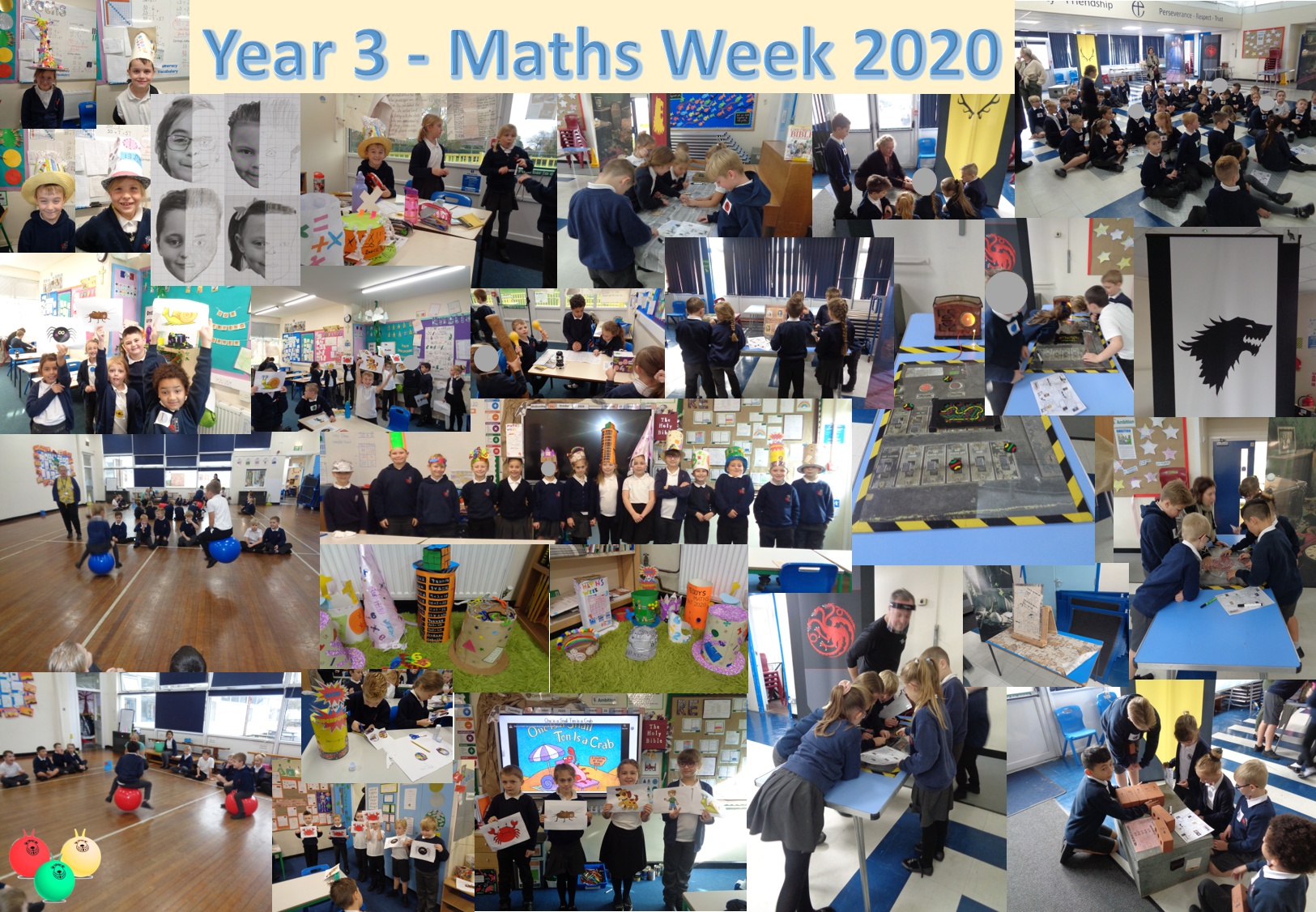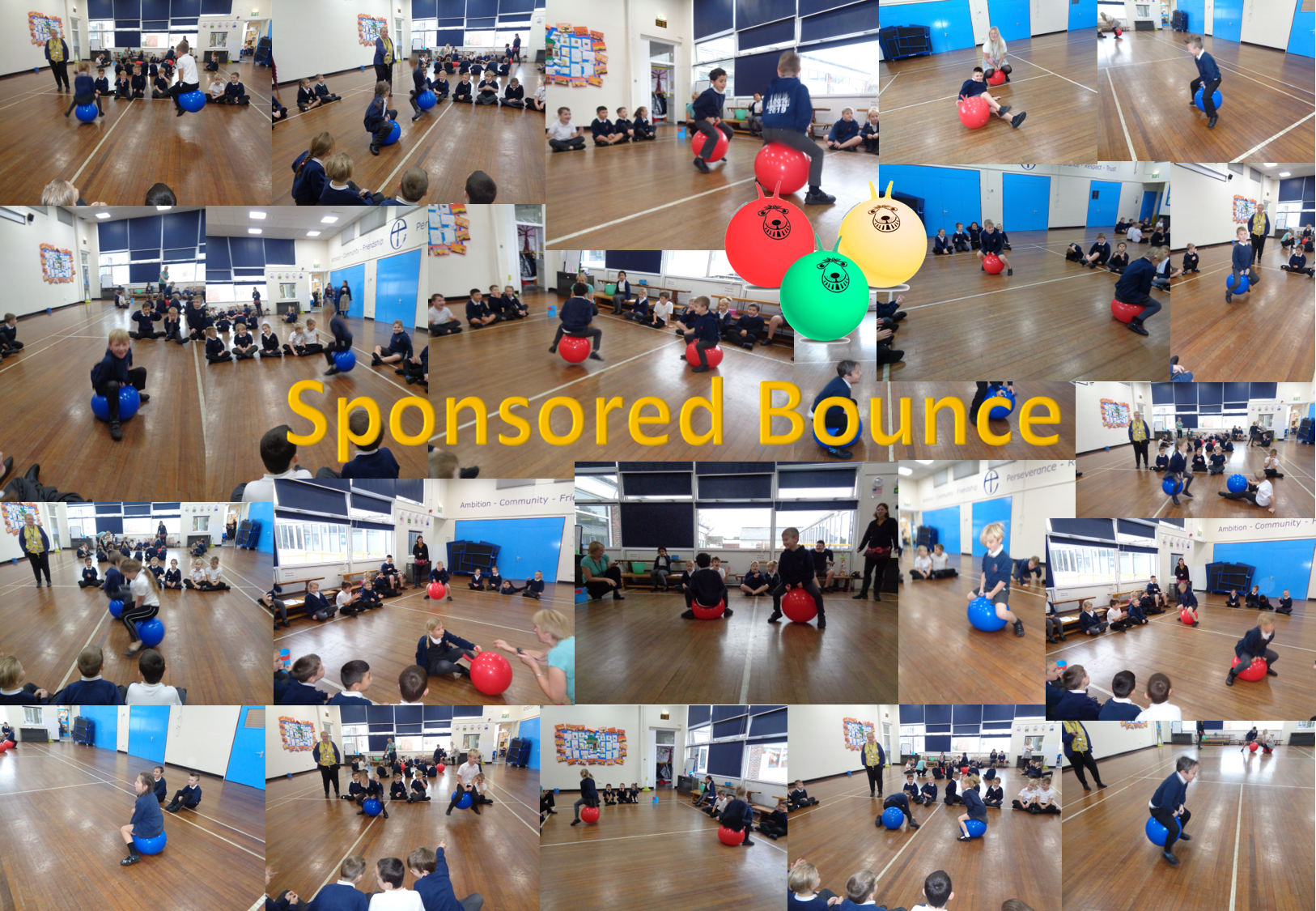Welcome to week 2 of our home learning. The pack is full of activities for you to complete this week with daily maths, English and reading learning along with a variety of afternoon subjects – science, topic, music, RE, computing & PE.
Home Learning Activities w/c 11th January 2021
Our science learning this week is all about magnets. Hopefully you’ll be able to find a magnet in the house somewhere – the most common ones are fridge magnets. If not, watch the videos and play the games and think about the types of materials which are attracted to magnets and use this information to fill out the investigation sheet.
Mr Houghton and Miss Cox will be in school looking after the year 3 keyworker children along with Mrs Vidler, whilst Miss Ryan will be looking after our remote learning via ClassDojo and Zoom.
Mr Houghton will still be sending out daily messages to Chestnut and will read a class story each day. He is also looking forward to looking at all the learning you submit via your ClassDojo portfolio. For any learning queries during the day, please contact Miss Ryan.
We hope you all keeping safe and well and we look forward to seeing what you’ve been up to with your learning.
Take care everyone.
Mr Houghton, Miss Ryan, Miss Cox and Mrs Gunn

